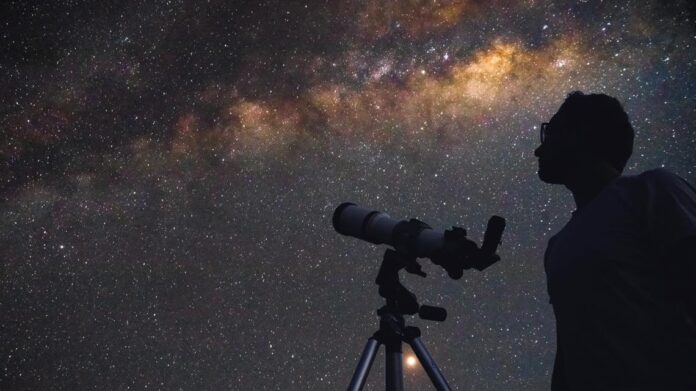Seven planets are visible in the night sky this month, with the “planetary parade” peaking this week.
TEMPLE, Texas — Editor’s note: The video above covers the previous planetary alignment in January
For the second time this year, skywatchers can catch a unique sight in the night sky, a planetary alignment.
Seven planets are visible in the sky through the month of February, five to the naked eye. The event is expected to peak, with two of the planets being the closest together, on Monday, Feb. 24, according to Space.com.
Venus, Jupiter, Mars, Mercury and Saturn will all be visible in the sky this month. Uranus and Neptune can also be spotted, though stargazers will likely need a telescope or a good pair of binoculars to be able to find them.
Both Space.com and NASA agree that planetary alignments to some degree are not overly rare, with two or three planets being visible relatively often, however, five to seven planets being visible is still a special sight. This alignment is actually the second time multiple planets have aligned this year, with another “planetary parade” having taken place in January.
To see the alignment, Space.com recommends looking for planets around dusk. Venus will reportedly be the most prominent of the planets, being the brightest of the seven. It can be spotted in the west-southwest sky at dusk throughout the month, according to Space.com.
Starting from Venus, trace a line straight down to find Saturn. The first “bright, star-like object” will be the famous ringed planet. Space.com says Saturn will not be as bright as it usually is due to the position of its rings in comparison to Earth, but those with a good telescope may be able to see the rings as a line down the center of the planet.
Jupiter will reportedly be significantly dimmer than Venus, but can still be seen high in the south at dusk as a silvery-white light. Those with telescopes or binoculars may even be able to spot some of its moons!
Halfway up in the eastern part of the sky will be Mars, said Space.com, accompanied by the stars Castor and Pollux, forming a triangle.
Lastly, Mercury will be visible just to the right of Saturn, according to Space.com. On Feb. 24, the planets will reach their closest points to one another in the sky, being just 1.5 degrees apart. Mercury will reportedly shine about eight times brighter than Saturn.
Uranus and Neptune, the furthest planets from Earth, will need a telescope or binoculars to see, but those with the right equipment can add them to the lineup of visible planets as well.
For more information on exactly where to look for each planet and when, visit Space.com or EarthSky.
Due to their orbit around the sun, or “ecliptic”, the planets will always be visible in a relative line in the sky, according to NASA. However, it is still a rare sight for all five visible planets and the two non-visible ones to be aligned in a way for stargazers to see them all at once.
For more information on planetary alignments, visit NASA’s website at this link.
